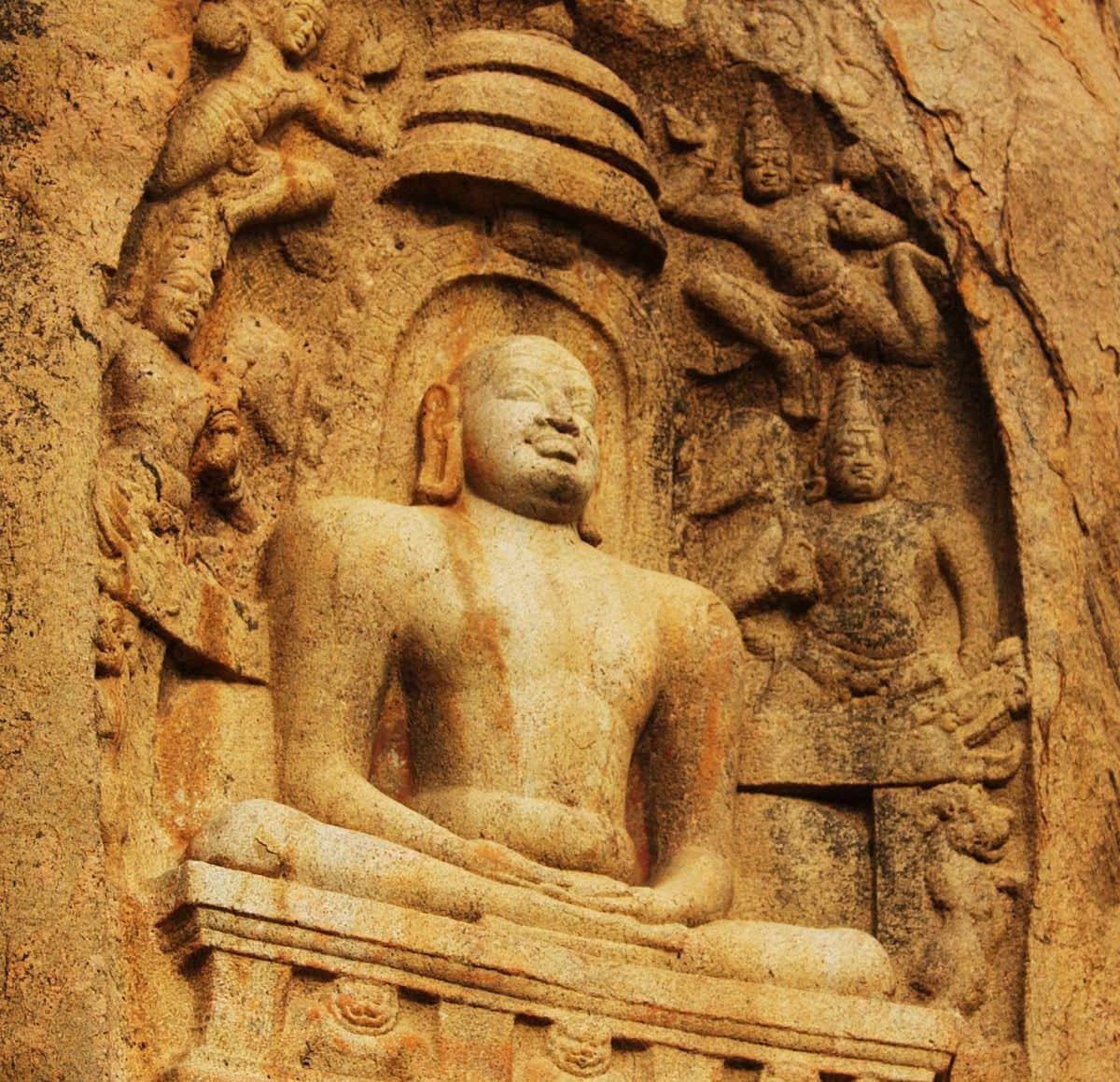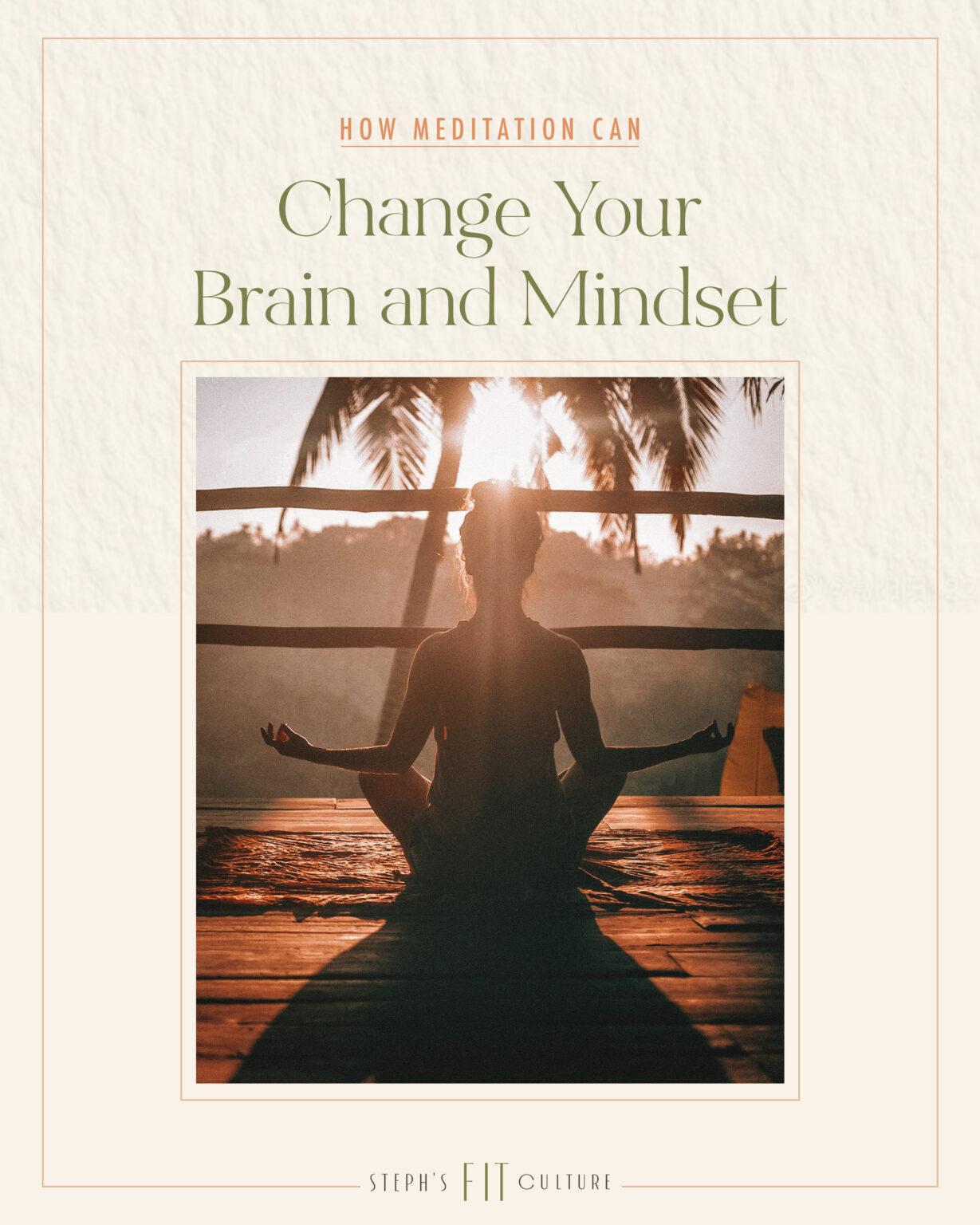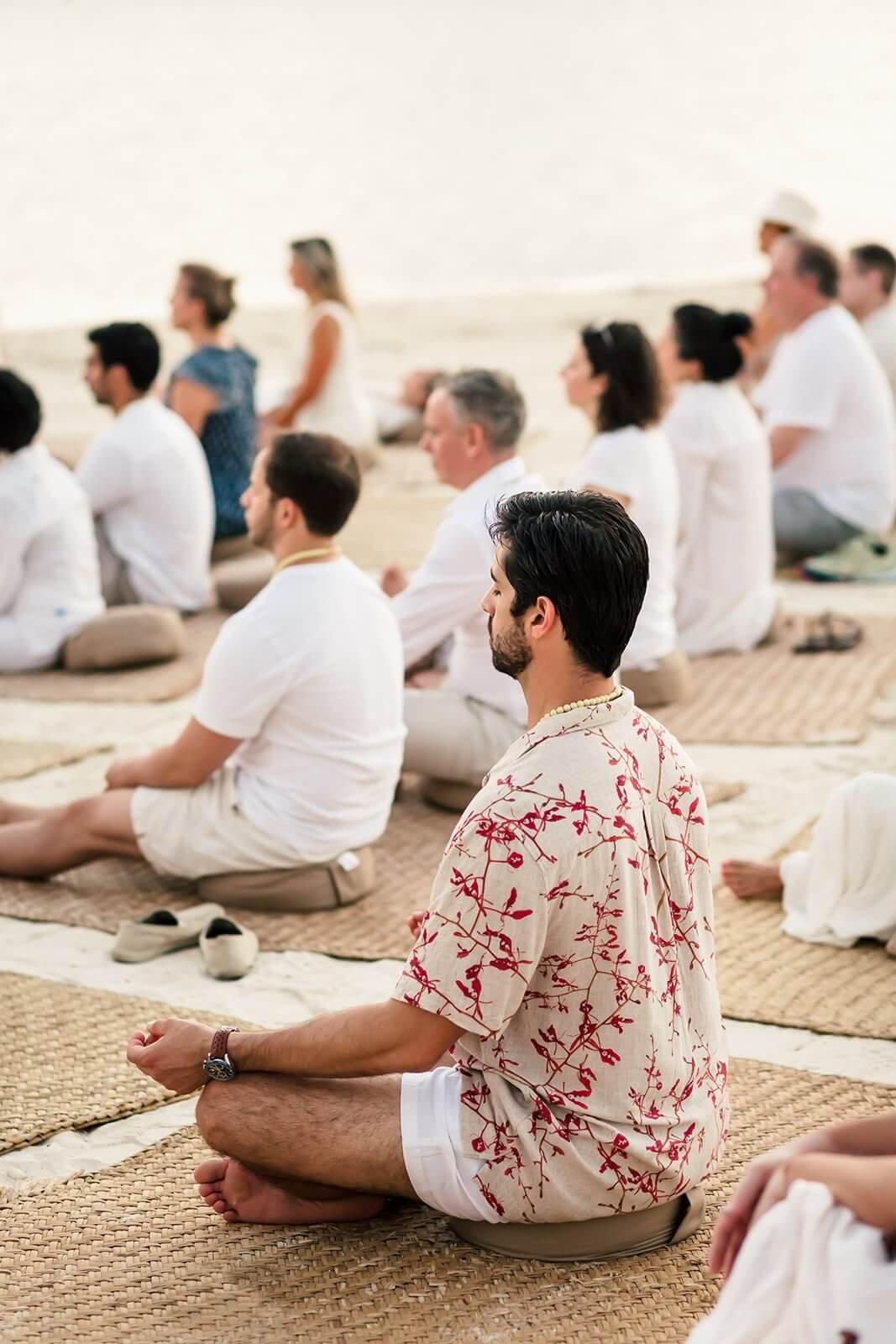In the quiet moments of dawn, as the world teeters on the edge of wakefulness, countless individuals across the globe settle into the gentle embrace of meditation. This ancient practice, often depicted as a solitary figure seated cross-legged, transcends geographical boundaries and cultural confines, inviting an exploration into its roots and relevance. But as we delve into the serene depths of meditation, a question emerges, both profound and intricate: Does meditation belong to any specific culture? This inquiry beckons us to journey through the annals of history, where meditation has woven itself into the fabric of diverse civilizations, each claiming its essence while contributing to its evolution. In this exploration, we aim to unravel the cultural tapestry of meditation, examining its origins, adaptations, and the universal appeal that continues to captivate the human spirit. Join us as we embark on a quest to understand whether meditation is a cultural heirloom or a shared human heritage, inviting reflection on its place in our modern world.
Roots and Evolution of Meditation Across Civilizations
Throughout history, meditation has woven itself into the fabric of diverse civilizations, emerging in various forms and practices. It is a tapestry of human experience that spans continents and centuries, reflecting a universal quest for inner peace and enlightenment. From the ancient Vedic traditions of India, where meditation was an integral part of spiritual and philosophical exploration, to the introspective practices of Zen Buddhism in Japan, each culture has nurtured its own unique approach. In China, the principles of Taoism offered meditation as a path to harmony with the universe, while indigenous tribes in the Americas engaged in meditative rituals to connect with nature and the spirit world.
Key cultural influences on meditation include:
- India: Vedic traditions and Yoga Sutras.
- China: Taoism and Confucian meditative practices.
- Japan: Zen Buddhism and mindfulness.
- Indigenous Tribes: Nature-centric rituals and spiritual connections.
As these practices spread and evolved, they transcended cultural boundaries, influencing one another and adapting to new contexts. The exchange of ideas through trade routes and conquests further enriched the practice, making meditation a truly global phenomenon. In today’s interconnected world, meditation continues to evolve, integrating modern science and psychology, while maintaining its roots in ancient wisdom.
Exploring the Universality of Meditation Practices
While meditation often conjures images of serene monks in a tranquil monastery or a yogi in deep contemplation, its roots stretch far beyond any single culture or religious tradition. Across the globe, various forms of meditation have emerged independently, each shaped by the unique tapestry of beliefs, practices, and values of their respective cultures. From the mindful breathing techniques of Buddhist monks to the contemplative prayer of Christian mystics, meditation practices can be found in almost every corner of the world, echoing a universal quest for inner peace and spiritual connection.
Common Elements Across Cultures:
- Mindfulness: The practice of being present and fully engaged in the moment, free from distraction or judgment.
- Breath Awareness: Using the breath as an anchor to the present, a technique found in many traditions.
- Mantras: Repetition of words or sounds, a practice seen in Hinduism, Buddhism, and beyond.
- Visualization: Imagining peaceful or sacred images to focus the mind, common in Tibetan Buddhism and other spiritual practices.
These shared elements underscore a fascinating aspect of meditation: while it is practiced in culturally specific ways, its core components resonate with a universal human experience. This universality suggests that meditation transcends cultural boundaries, offering a versatile tool for personal growth and self-discovery regardless of one’s background.

Cultural Appropriation or Global Adaptation
Meditation, a practice with ancient roots, has become a universal tool for mental well-being. Its origins can be traced back to early Hindu traditions, as well as Buddhist practices. Yet, over centuries, it has transcended these beginnings to become a global phenomenon. The question of whether meditation belongs to a specific culture often arises, especially as it gains popularity in Western societies. Is the practice being adopted respectfully, or is it an example of cultural appropriation? This conundrum invites us to explore how cultural elements can be both preserved and shared.
On one hand, some argue that meditation’s integration into diverse cultural contexts represents a global adaptation, where beneficial practices are embraced and modified to suit different lifestyles and beliefs. On the other hand, critics point out potential issues of cultural appropriation, such as:
- Dilution of traditional practices: Simplifying meditation techniques may strip them of their cultural significance.
- Commercialization: Turning meditation into a marketable commodity can lead to exploitation of its spiritual origins.
- Lack of acknowledgment: Failing to recognize and honor the cultures that developed these practices.
Ultimately, the discourse surrounding meditation’s place in global culture invites ongoing reflection and respect for its origins. As it continues to evolve, the challenge lies in ensuring that its cultural roots are not overshadowed by its widespread appeal.

Guidelines for Respectful Meditation Practice
Engaging in meditation is a deeply personal journey that transcends cultural boundaries. To ensure a respectful and enriching experience, it’s crucial to approach this practice with mindfulness and sensitivity. Here are some guidelines to consider:
- Embrace Inclusivity: Meditation is practiced across various cultures, each with its unique interpretations. Recognize and appreciate the diversity of practices without appropriating or diluting their essence.
- Honor Traditions: If you’re exploring a meditation technique rooted in a specific tradition, take the time to learn about its history and cultural significance. This not only enriches your practice but also pays homage to its origins.
- Be Mindful of Language: Use terminology that respects the cultural context of the meditation practice you are engaging in. Avoid using sacred terms casually or out of context.
- Practice with Intention: Approach meditation with genuine intent and respect, rather than viewing it as a trend or a quick fix. This mindfulness fosters a deeper connection to the practice.
By following these guidelines, practitioners can cultivate a meditation practice that honors the rich tapestry of global traditions while nurturing personal growth.
Closing Remarks
In the grand tapestry of human history, meditation weaves a thread that transcends borders, languages, and epochs. While its origins may be rooted in specific cultural and spiritual traditions, its essence has evolved, embracing a universal appeal that resonates with the human condition. As we reflect on the myriad ways meditation has been interpreted and practiced across the globe, we come to realize that it belongs not to any single culture, but to the shared journey of self-discovery and inner peace. In this interconnected world, meditation invites us all to pause, breathe, and find solace in the quiet corners of our minds, reminding us that the quest for tranquility is a timeless and borderless endeavor.
